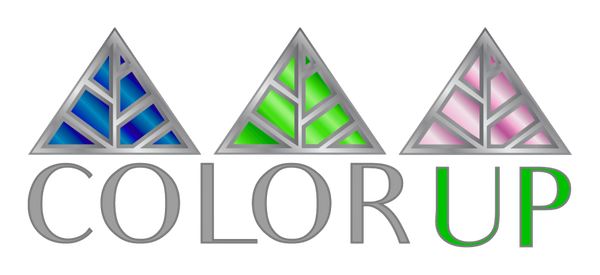📚 CBD Laws and Regulation Updates
CBD Industry Landscape & Regulations – U.S. 2025

Hemp VS Marijuana
Some of CBD’s legality lies in whether the CBD is derived from hemp or marijuana. The difference between the two can be a bit confusing. CBD is found in both hemp and marijuana plants among the three different varieties; Cannabis indica, Cannabis sativa, and Cannabis ruderalis. Hemp and marijuana plants are both cannabis plants, but the difference is determined by the percentage of THC contained in the cannabis plant. The simplest way to look at it is:
- Cannabis containing more than 0.3% THC is considered marijuana
- Cannabis containing 0.3% or less THC is classified as hemp
1. Fragmented Federal-State Laws
The CBD market continues to operate under a tangled web of regulations. While the 2018 Farm Bill legalized hemp-derived CBD with under 0.3% THC, state-level interpretations vary dramatically—some are thriving, while others, like California, have enacted restrictive emergency rules. This patchwork creates real challenges for businesses navigating compliance across borders.
2. New Proposals in the 2025 Farm Bill
The evolving 2025 Farm Bill proposes significant changes, such as redefining hemp by total THC (including THCA), tightening THC limits, and expanded testing and labeling requirements. These updates aim to enhance consumer safety and market transparency—but also raise compliance complexity.
3. State-Level Crackdowns on Intoxicating Hemp Compounds
Across the country—particularly in Southern states—there’s growing enforcement against intoxicating hemp derivatives like Delta-8 and Delta-10 THC. Texas nearly banned most consumable hemp-derived THC products through SB 3, though it was vetoed just in time. This reflects a shifting regulatory focus on limiting such products despite federal legal limits.
4. Legal Risks: RICO Enforcement
A key 2025 Supreme Court ruling in Medical Marijuana, Inc. v. Horn confirmed that economic damages from mislabeling (e.g., stated “THC-free” but tests positive) now fall under civil RICO protections. This significantly raises liability risk across the CBD industry, emphasizing the need for airtight transparency in labeling. Reuters
5. Booming Hemp-CBD Market & Demand
Despite regulatory uncertainty, the global hemp-derived CBD market is projected to grow from $8.3B in 2023 to over $46B by 2034, with skincare and personal care categories leading the surge. Consumer trust, transparency, and quality remain key differentiators. Accio+3GlobeNewswire+3cbdflex.com+3
6. Delayed Federal Progress
Cannabis rescheduling and banking reforms (e.g. SAFE Banking Act) have stalled. Regulatory obstacles continue, though there’s renewed focus on closing industry loopholes, particularly around intoxicating hemp products.

